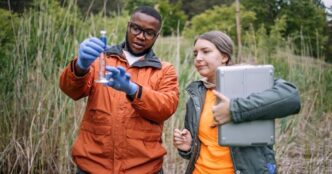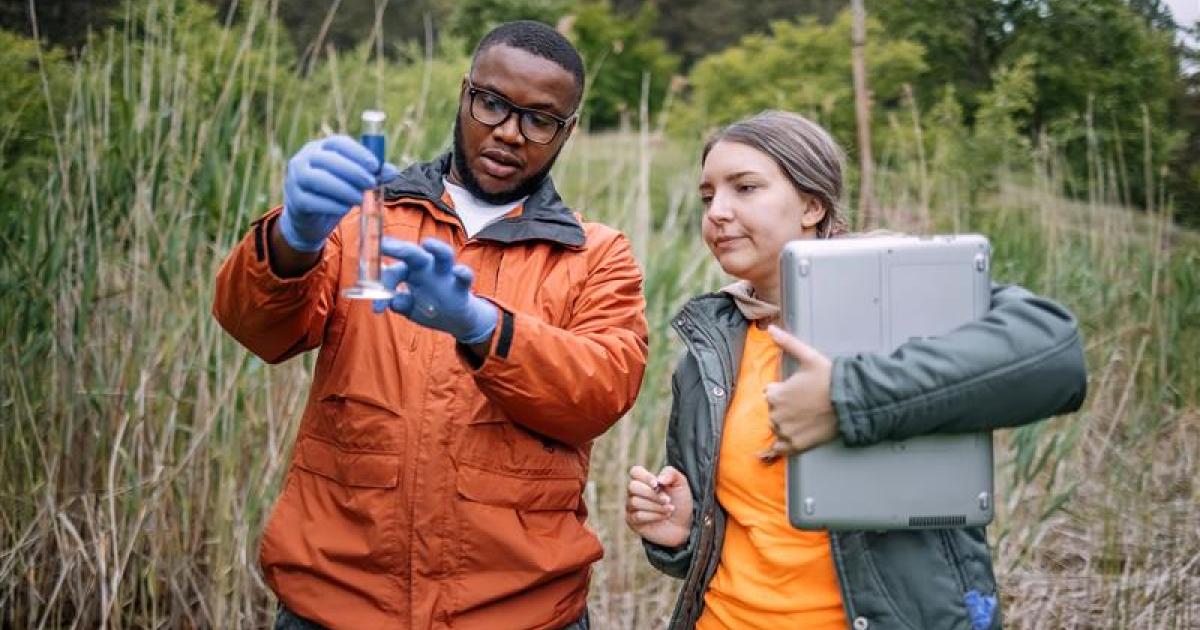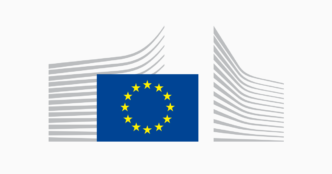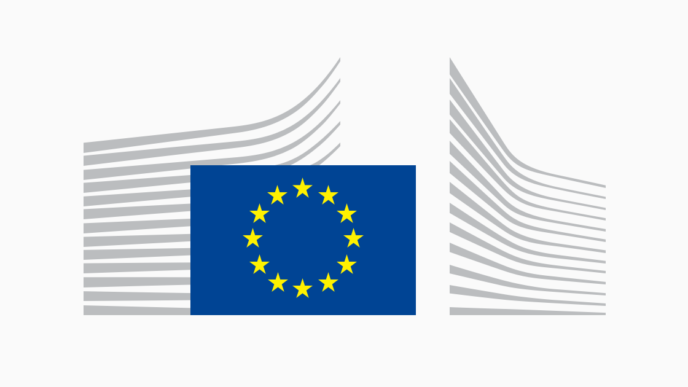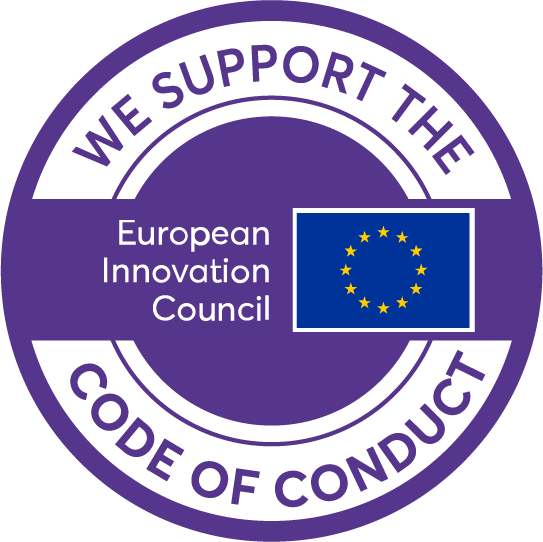Citizen science – where individuals and communities contribute to scientific research and data collection – is a powerful way to turn knowledge into real-world climate solutions. From tracking biodiversity to measuring carbon in soils, citizens are finding practical, meaningful ways to engage in climate science and help shape a more sustainable future.
This was a key theme at the 2025 European Climate Pact annual event, where a dedicated session on ‘Harnessing the power of citizen science for climate action’ showcased local initiatives that connect people with hands-on climate action. Participants explored how citizen science can support more inclusive, informed decision-making and empower communities to lead change at the local level.
From observation to collaboration
The session opened with the 10 Principles of Citizen Science developed by Pact Partner the European Citizen Science Association (ECSA). These principles ensure that citizen science is inclusive, ethical, impactful and transparent – and that collaboration, not just participation, is at its heart.
Speakers emphasised the value of citizen-led research, community involvement, and cross-sector collaboration in shaping climate responses that reflect local priorities and perspectives. They also highlighted how involving people in science creates stronger ownership of both the process and the outcomes.
As part of this, citizens are increasingly receiving formal acknowledgement for their contributions through certification schemes developed by universities and research institutions. This recognition not only boosts motivation, but also gives real-world value to participation.
The role of trusted institutions was also highlighted. Science centres, universities and local organisations provide essential credibility and support, helping citizens feel confident that their efforts are meaningful, relevant and used to inform real policy and action.
A movement built on connection
Citizen science is not just about gathering data – it’s about building strong communities and fostering long-term engagement. At the annual event, speakers discussed how citizen science helps to integrate collaboration, learning and climate conversations into everyday spaces like schools, museums and neighbourhoods.
Examples shared included classroom-based air quality monitoring and public climate walks led by educators and cultural institutions – showing how citizen science becomes part of daily life and inspires people to take ownership of climate challenges in their own communities.
Speakers also highlighted how digital tools are expanding opportunities for citizen science at an individual level. One example is the AURORA CO₂ tracking app, developed through an EU-funded citizen science project. Martin Brocklehurst, member of Pact Partners ECSA and AURORA, shared how using the app helped him choose to travel to the event by train, cutting his travel footprint from 150 kg to just 7 kg of CO₂.
What’s next
Citizen science is more than a method – it’s a movement. As more people and organisations get involved, we need the right tools and support to scale impact and turn insight into action.
That’s where the EU Climate Action Academy comes in. Together with European universities, we’ve developed a new webinar, Citizens in Action for Climate Science. Taking place on 24 April, it offers practical tools and guidance to help individuals and organisations launch or grow citizen science initiatives.
Register now to take part and learn from those already leading the way.
Ready to get started? Explore our quick-start tools for citizen engagement to begin your own project.
